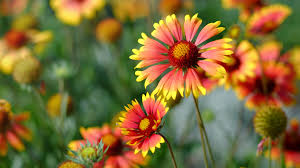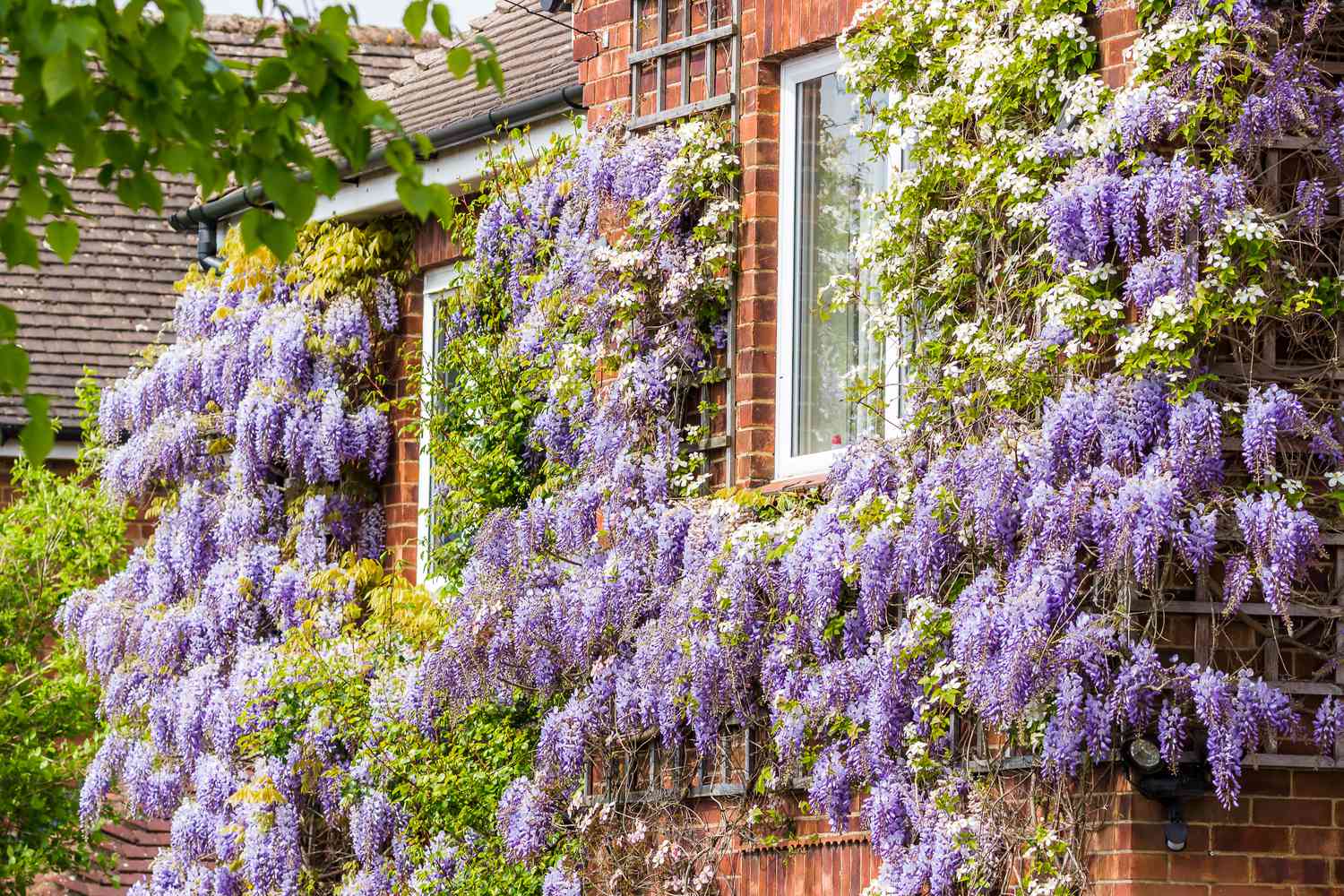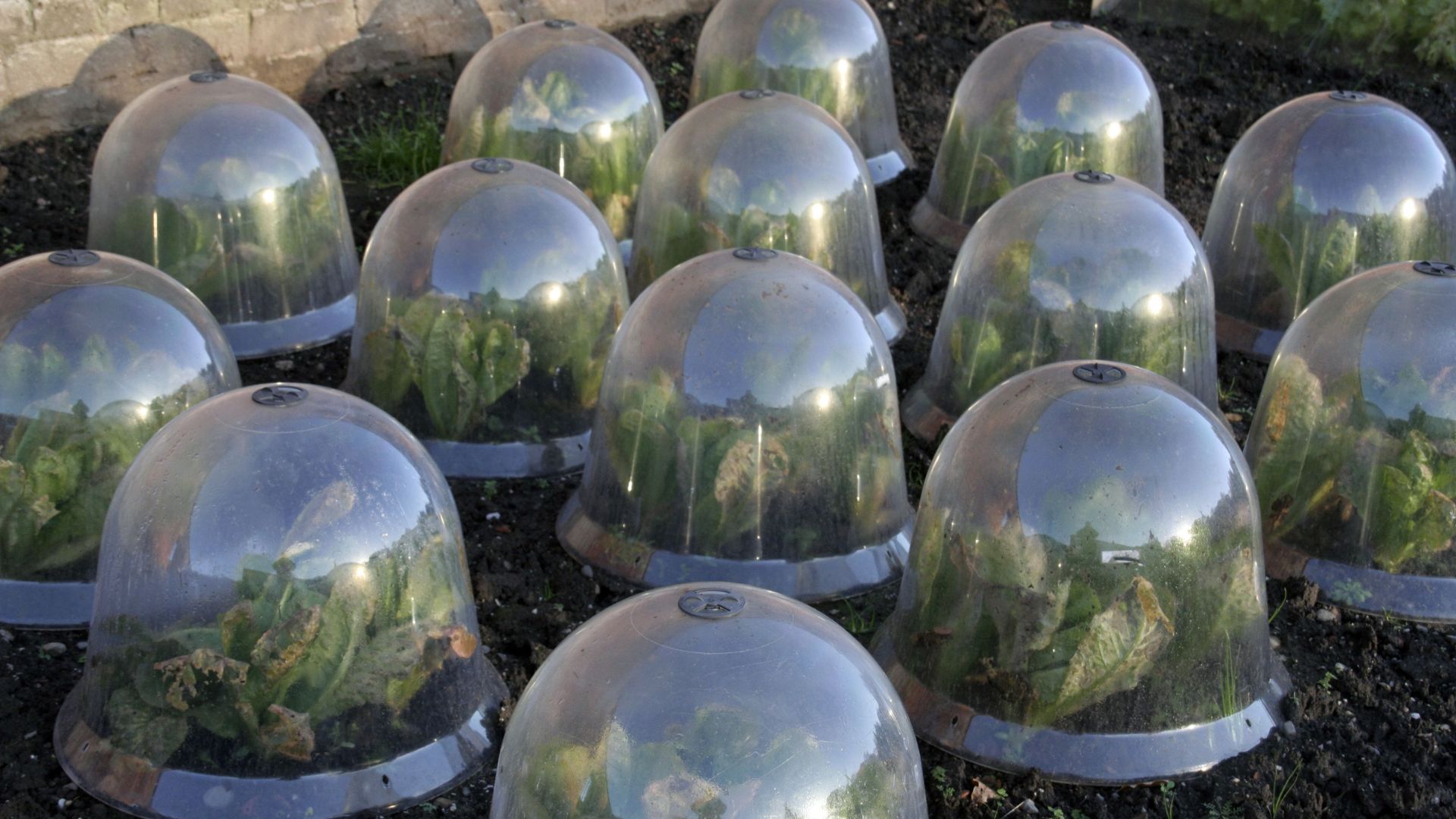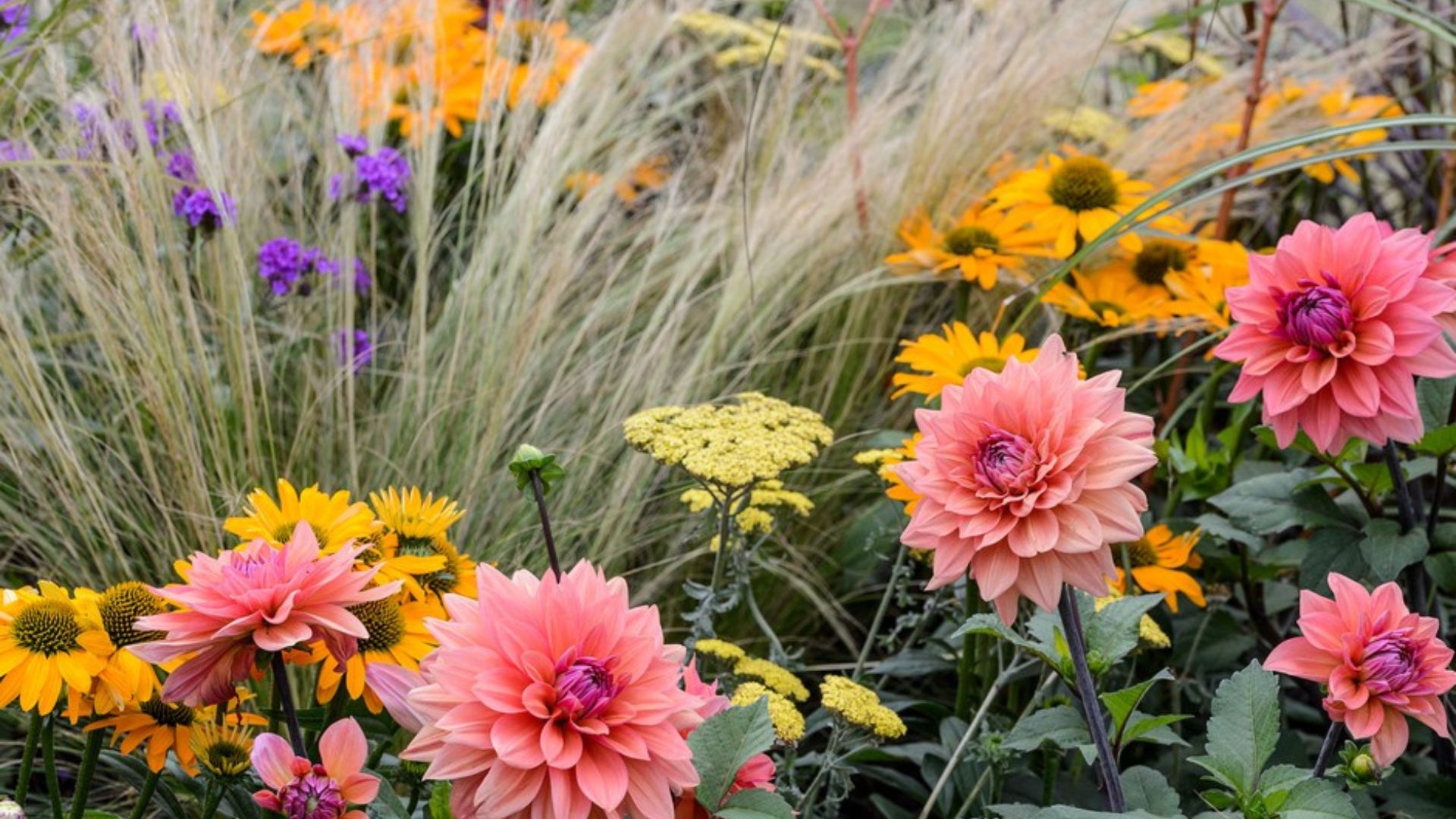When it comes to low-maintenance gardening, native plants for easy care offer the perfect solution. These plants naturally thrive in your region’s soil, climate, and weather conditions, requiring far less effort than exotic varieties. With minimal watering, fertilizing, and pruning, native plants help gardeners save time, money, and resources—while also supporting local ecosystems.
As we explore sustainable gardening with native plants, it’s refreshing to see how different industries embrace natural themes. Much like how we select low-maintenance plants for our landscapes, entertainment platforms sometimes draw inspiration from organic patterns.
For instance, the botanical motifs in stellarspins Online gaming interfaces show how nature influences digital design. This parallel reminds us that whether cultivating gardens or creating user experiences, working in harmony with natural elements yields the most rewarding results.

Why Choose Native Plants?
Native plants have evolved over thousands of years to adapt to their local environment. Because of this, they are highly resistant to pests, diseases, and weather extremes. Unlike imported species, they don’t need constant pampering to survive. As a result, they make an ideal choice for those who want a beautiful garden without the constant upkeep. Additionally, native plants support pollinators such as bees, butterflies, and birds, making your garden both beautiful and beneficial.
Low Maintenance, High Reward
One of the biggest advantages of using native plants for easy care is how little effort they require once established. Most native species need less water because they are suited to the natural rainfall patterns of your area. This translates to lower water bills and reduced stress on local water systems. Moreover, they don’t usually require chemical fertilizers or pesticides, further lowering your maintenance tasks and environmental impact.
Perfect for Busy or Beginner Gardeners
If you’re new to gardening or just don’t have time for a high-maintenance landscape, native plants are your best friend. Because they’re adapted to local conditions, they practically take care of themselves. This makes them ideal for working professionals, elderly gardeners, or families who want to enjoy a thriving garden without the labor. With native plants, your garden becomes less of a chore and more of a joy.
How to Select the Right Native Plants
Choosing the right native plants for easy care starts with understanding your region’s ecosystem. Look for plant species that are indigenous to your area and suitable for your specific soil type, sunlight exposure, and moisture level. Local garden centers, native plant societies, and cooperative extension services can offer great guidance. Consider using a mix of groundcovers, flowering perennials, shrubs, and trees to create a layered, natural look that mimics native landscapes.
Top Native Plants to Consider
Depending on where you live, the best choices will vary. For example, in the Midwest, plants like Purple Coneflower, Black-Eyed Susan, and Butterfly Weed are hardy and require minimal care. In the Southwest, you might opt for Desert Marigold or Apache Plume. Meanwhile, the Pacific Northwest is home to easy-care species like Oregon Grape and Red Flowering Currant. No matter the region, there are beautiful, resilient native plants that can simplify your gardening routine.
Eco-Friendly and Sustainable Gardening
Beyond the convenience, using native plants supports a healthy, sustainable environment. These plants help conserve water, reduce the need for harmful chemicals, and offer food and shelter for native wildlife. By choosing native plants for easy care, you’re also promoting biodiversity and helping to preserve your region’s natural heritage. Gardening becomes more than a hobby—it becomes a way to give back to the earth.
A Lasting Investment in Your Landscape
Finally, native plants are a wise long-term investment. While they may take a season to establish, once they do, they provide years of beauty with minimal upkeep. You won’t need to replace them often, and they’re generally more resilient during droughts or harsh winters. Over time, your garden will grow stronger, more self-sufficient, and more vibrant—without requiring constant input from you.










